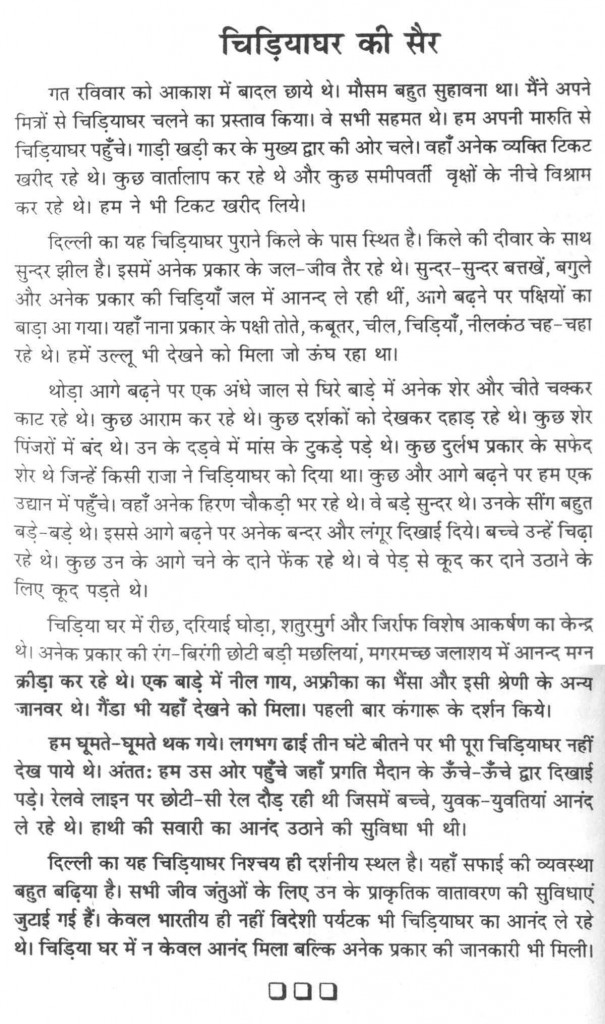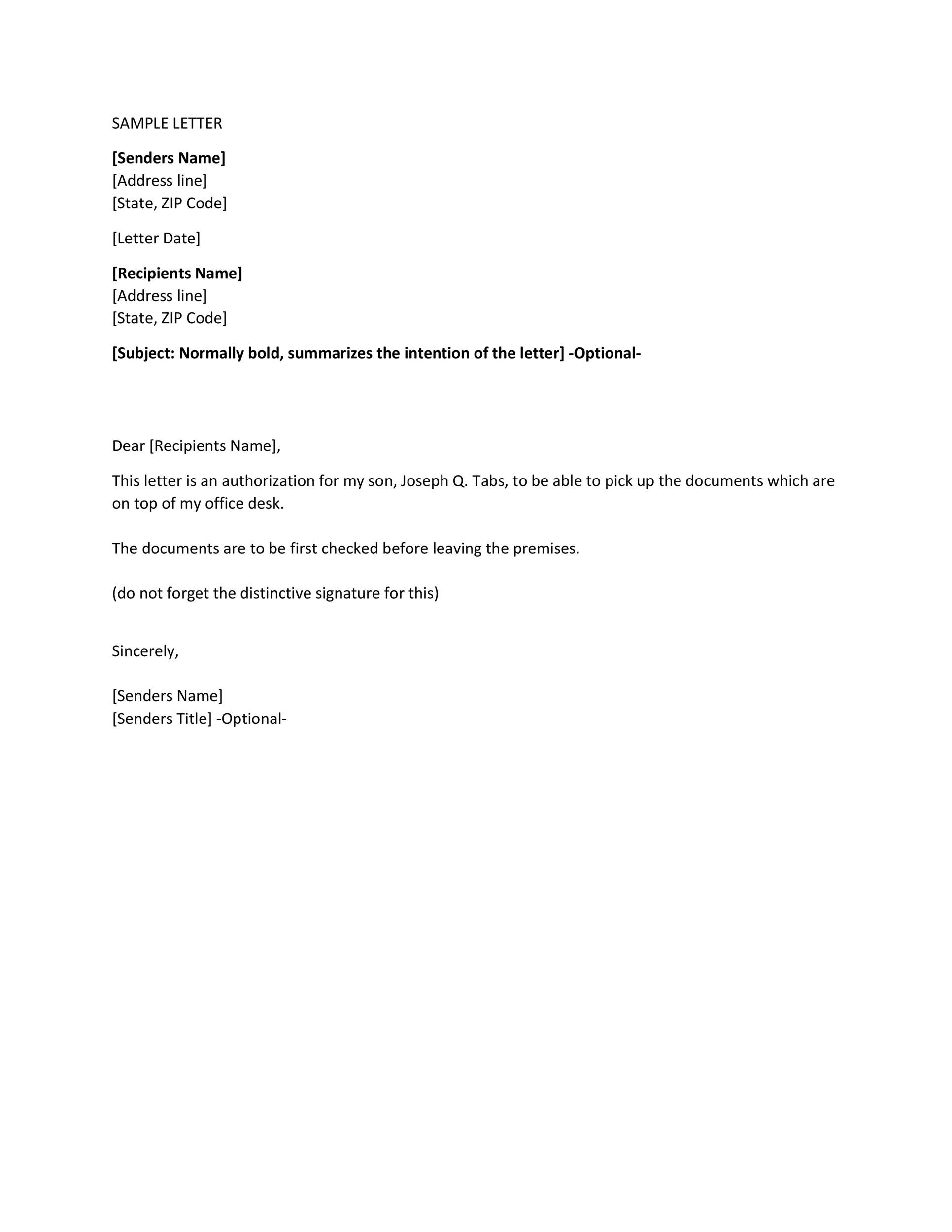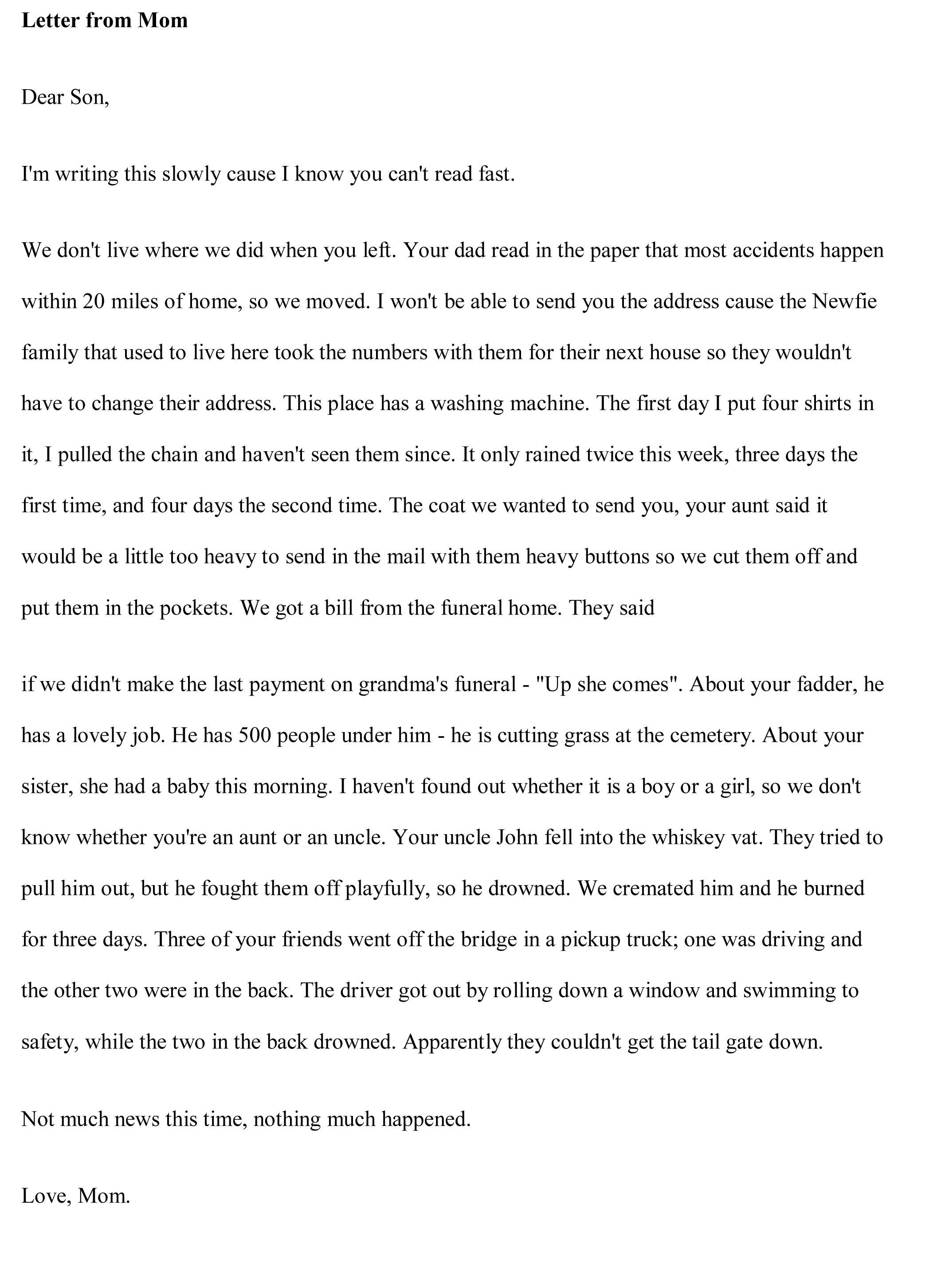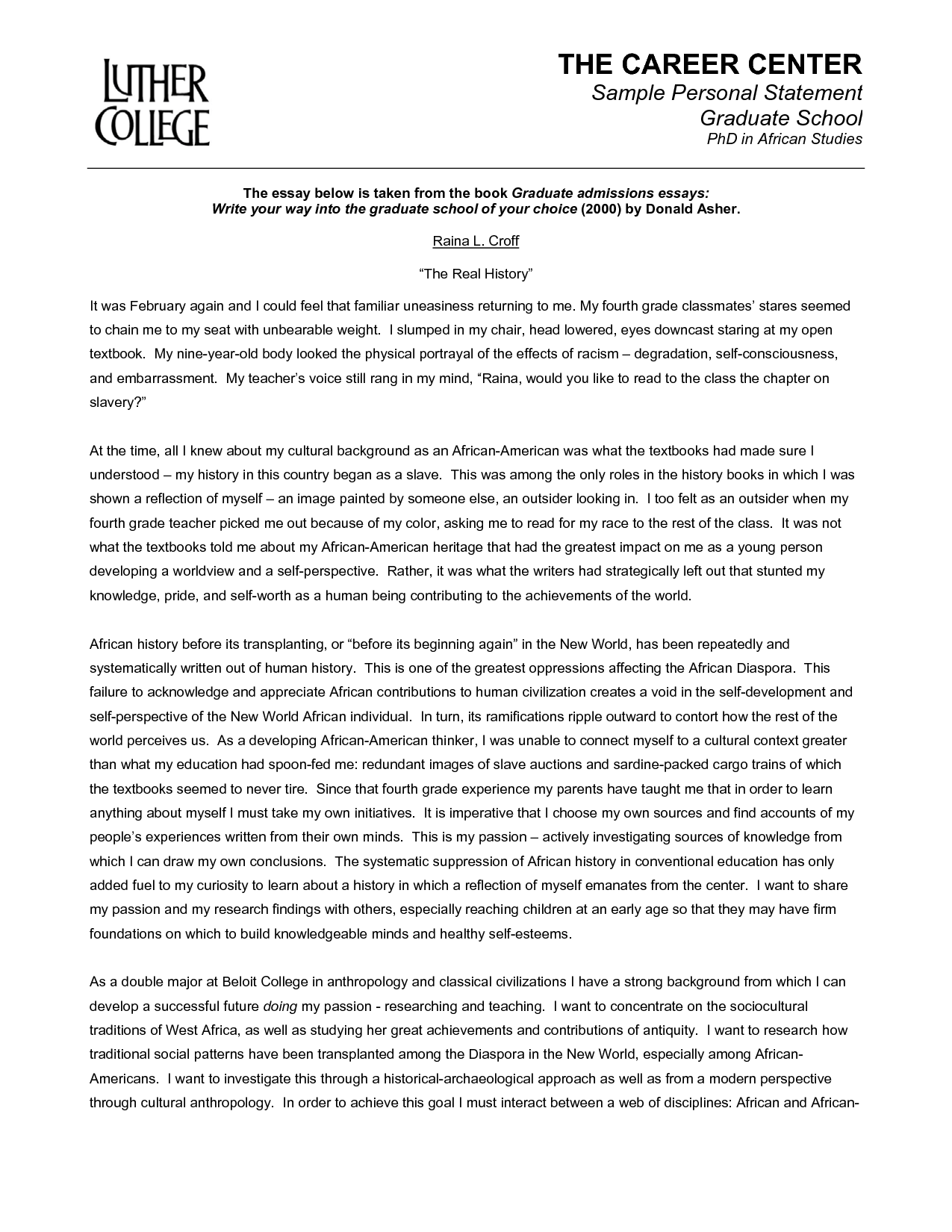Python File Handling Tutorial: How to Create, Open, Read.
Python CSV module contains the objects and other code to read, write, and process data from and to the CSV files. Let’s read and write the CSV files using the Python CSV module. Reading CSV Files. If we need to pull the data from the CSV file, you must use the reader function to generate the reader object.
Reading and writing Excel Files using Python As a programmer or tester who work with python, we often need to get data from excel or we need to write data to excel in our code; there are many packages out there that help you with that exact task.

When you read or write a file, the first thing you need to do is open it (or create it). Python provides the open() method that is used to open a file. It also creates the file if it doesn't already exist. The open() syntax is like this.

Python allows users to handle files, i.e., to read and write files, along with many other file handling options, to operate on files. Before you can read, append or write to a file, you will first have to it using Python’s built-in open() function.

Reading YAML Files in Python. In this section, we will see how to read YAML files in Python.. Writing YAML Files in Python. Now that we have learned how to convert a YAML file into a Python dictionary, let's try to do things the other way around i.e. serialize a Python dictionary and store it into a YAML formatted file. For this purpose, let.

Use cv2.imread() andcv2.imwrite() to read (load) and write (save) image files with Python, OpenCV. Images are read as NumPy array ndarray. It is also possible to load image files as ndarray using Pillow instead of OpenCV. Related post: Image processing with Python, NumPy (read, process, save) The following image is used as an example.

Python Write to File. In order to write data into a file, we must open the file in write mode. We need to be very careful while writing data into the file as it overwrites the content present inside the file that you are writing, and all the previous data will be erased.

Learn the basics of working with files in Python. How to read from files, how to write data to them, what file seeks are, and why files should be closed. In this tutorial you’ll learn how to work with files using Python. Reading and writing to files in any programming language is an important feature.

In this tutorial we will go through the process of reading and writing JSON files in Python. While sending or receiving data between server it can only be text, so JSON (JavaScript Object Notation) is a data format used to convert JavaScript object to JSON and send it to the server.

Now I always know where my files are and I can read them directly from the Cloud using JupyterLab (the new Jupyter UI) or my Python scripts. This article will teach you how to read your CSV files hosted on the Cloud in Python as well as how to write files to that same Cloud account.

Output: something to be write. As we have seen the program, it is very easy to read and write into a file in python. In python we can work with two type of files Text files and Binary files.

Reading and writing Excel files with Python Microsoft Excel files are arguably the most widely used format to exchange data in a tabular form. In the newest incarnation of the XLSX format, Excel can store over one million rows and over 16 thousand columns in a single worksheet.

Python Write File Explained with Examples. 1 Open File in Python. 2 File Open Modes. 3 Write File in Python. 4 Append File in Python. 5 Read File in Python. 6 Close File in Python. 7 With Statement in Python. 8 Working sample code. 9 Attempt the Quiz.



